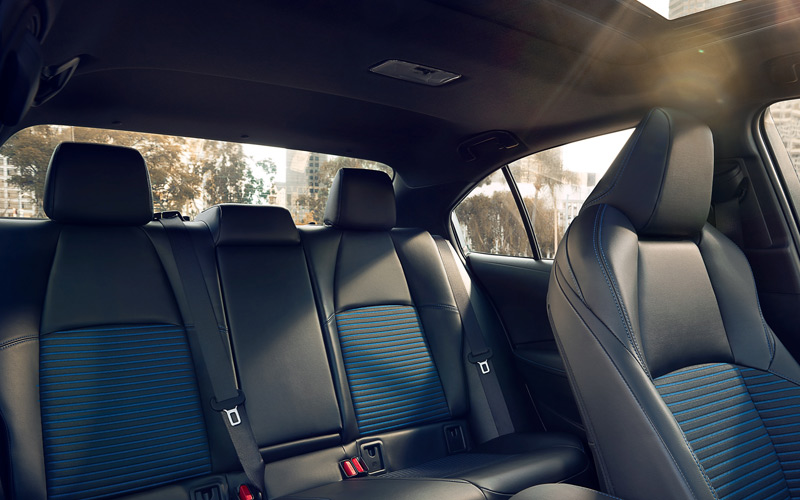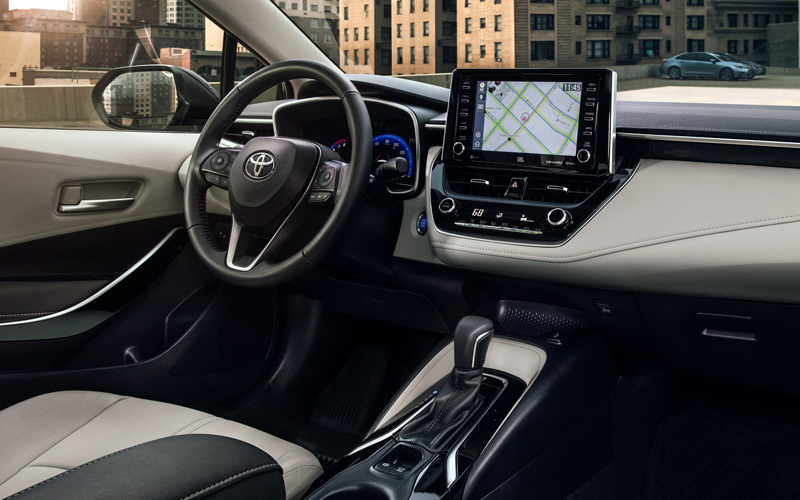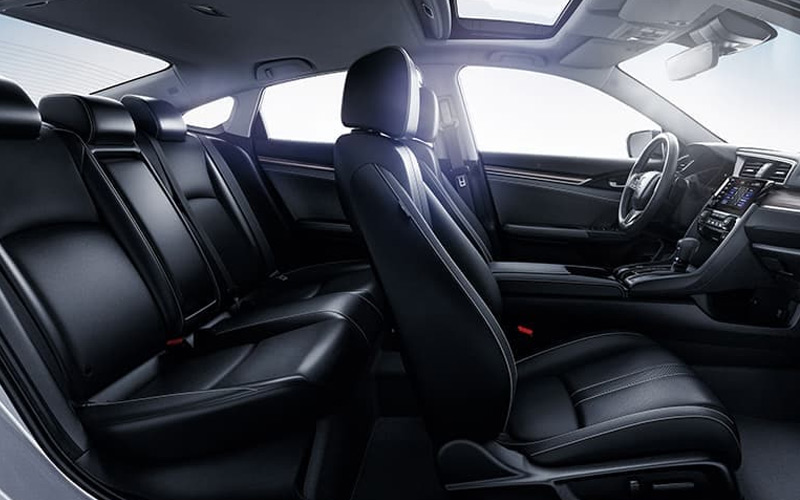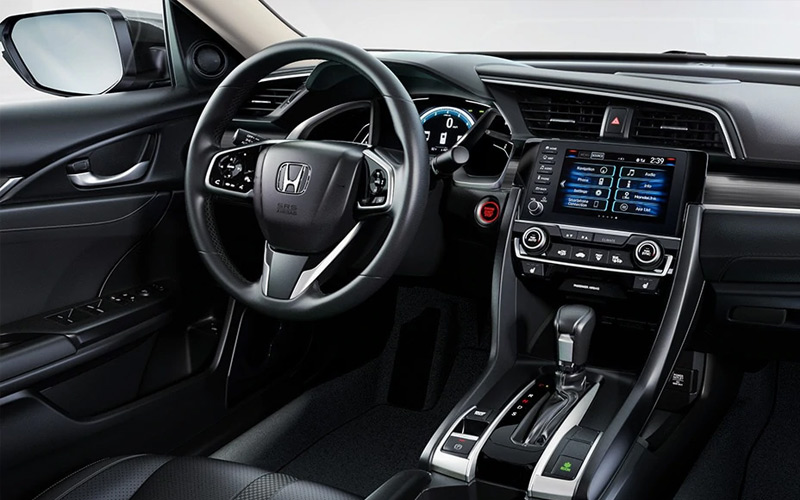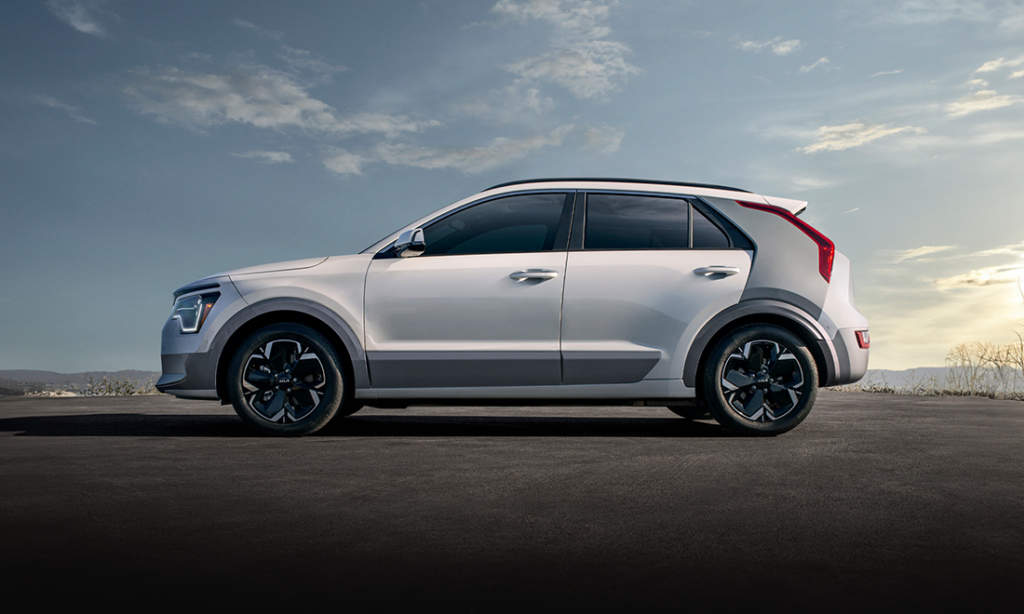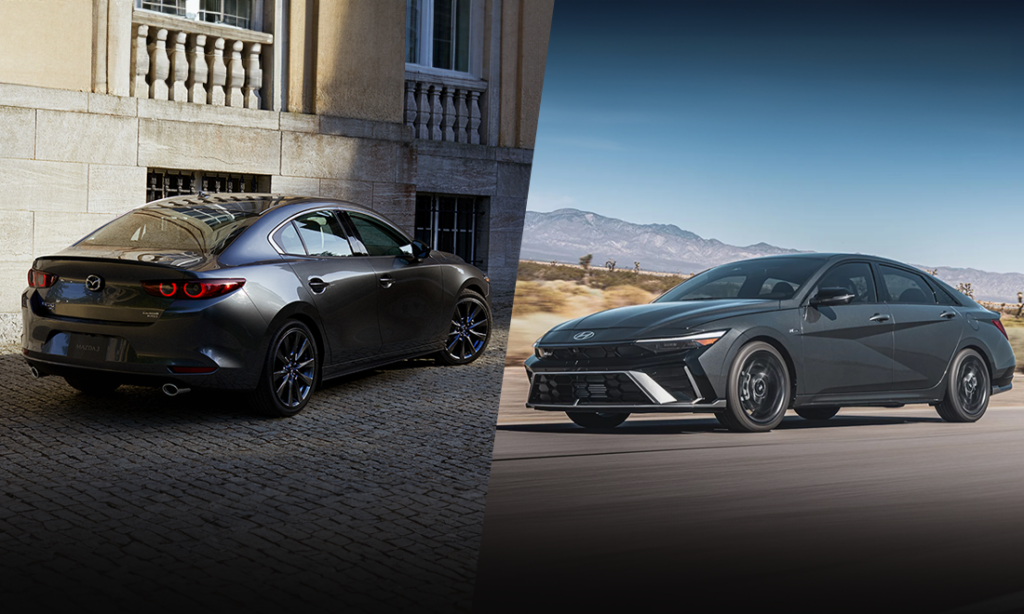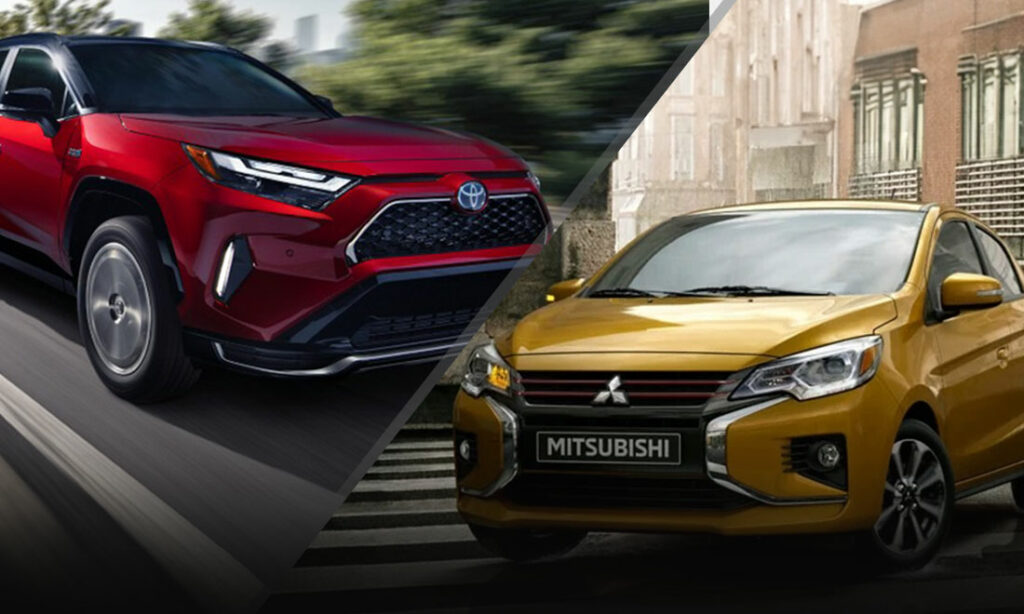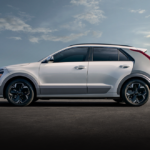Head-To-Head: Toyota Corolla vs Honda Accord
The Toyota Corolla and Honda Civic have been strong choices for the budget minded car shopper for years. How do these two top compact cars stack up?
Super Sedan Stalwarts
The Toyota Corolla and Honda Civic have been the top two best-selling compact cars for decades now. That segment is something of a polar opposite to the full-size trucks and crossovers that have come to dominate America’s roadways. Small, affordable, refined, yet unexciting, the Civic and Corolla represent all the practical compromises we used to be comfortable making when buying a new car. As much as we don’t want to compromise, economical people-movers never quite go out of style.
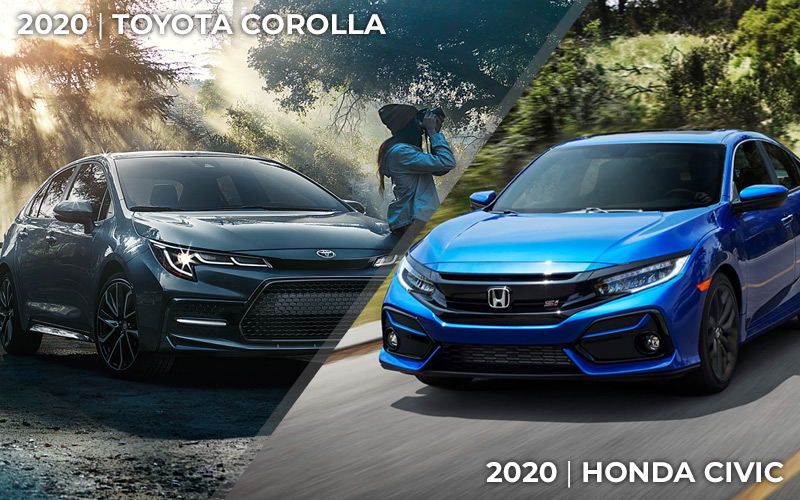
In fact, the Civic and Corolla are perennial best-sellers for a reason, they’re great cars. They’re not exciting or intimidating; they’re not haulers or crawlers; they’re just reliable, comfortable, and not, unlike a lot of new vehicles, overpriced. But as the most popular models in the segment, and given their similarities, which is the better compact car?
Specs – The Difference Maker: Turbo or Transmission?
The Corolla and Civic (barring performance variants) are very similar when it comes to powertrains. Base versions both come with serviceable, yet unexciting 4-cylinders. The Civic LX and Sport trims run a 2.0-liter making 158hp and 138lb.-ft. of torque. The CVT version returns 30 city/38 highway mpg, while the 6-speed manual gets 25 city/36 highway. Lower trim Corollas come with a 1.8-liter good for 138hp and 126lb.-ft. with a fuel efficiency rating of 30 city and 38 highway. These are perfectly fine for getting from point A to point B but may end up below your minimum threshold for power.
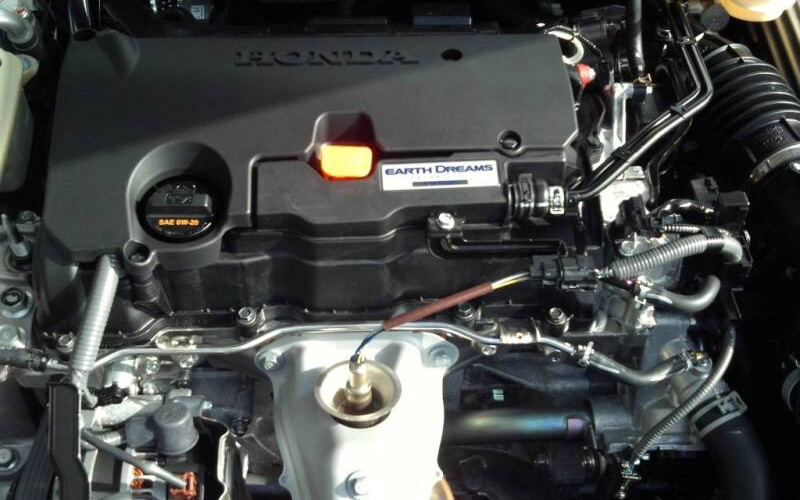
We’d recommend moving up the horsepower scale in both cars. There, in the Civic, you’ll find a turbo 1.5-liter inline-4 paired with a CVT posting 174hp and 162lb.-ft. of torque. This set up is rated for 30 city and 38 highway mpg. The Corolla SE and XSE trims get the larger 2.0-liter engine with 169hp and 151lb.-ft. The Toyota gets slightly better gas mileage at 31 city and 41 highway. Though the Corolla also sports a CVT, it’s a CVT with a simulated first gear (in Toyota parlance a “launch gear”) to help mitigate that rubber band-like feel when you press on the throttle and improved fuel efficiency.
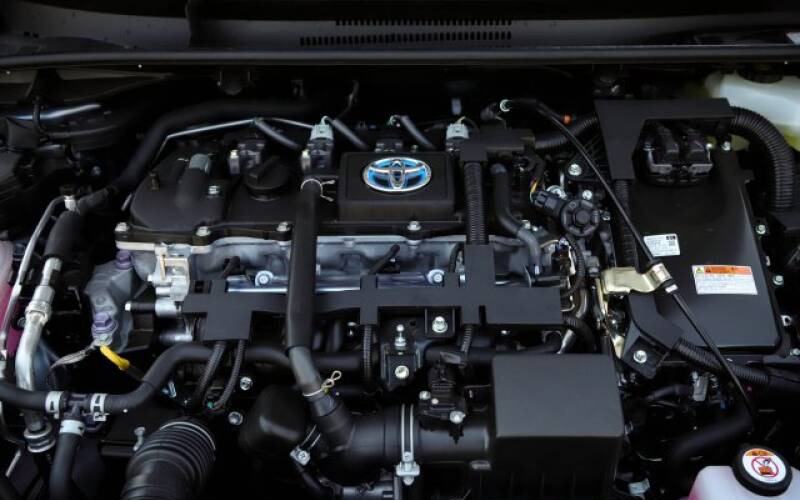
Even though we’re not in either car for its killer acceleration, the question stands, which is quicker? That “launch gear” does help the Corolla accelerate more quickly from a dead stop, but beyond that specific scenario, the Civic wins out. Despite a minor lag and the CVT, the turbo engine in the Civic makes it feel like it has more spring in its step compared to the Corolla.
We’ll note here that the Corolla does have a hybrid powertrain option for the 2020, offering 121hp and 105lb.-ft. and a stellar mpg rating of 53city/52 hwy. Yes, it’s slow but that fuel efficiency puts it close to par with the Prius. The Civic hasn’t had a hybrid option since 2015.
Driving – Awards for Most Improved and Best in Class
The driving experience in the Toyota Corolla is the single biggest improvement over prior generations. Where once the comparison with the Civic left the Corolla wanting, now the question of handling is mighty close.
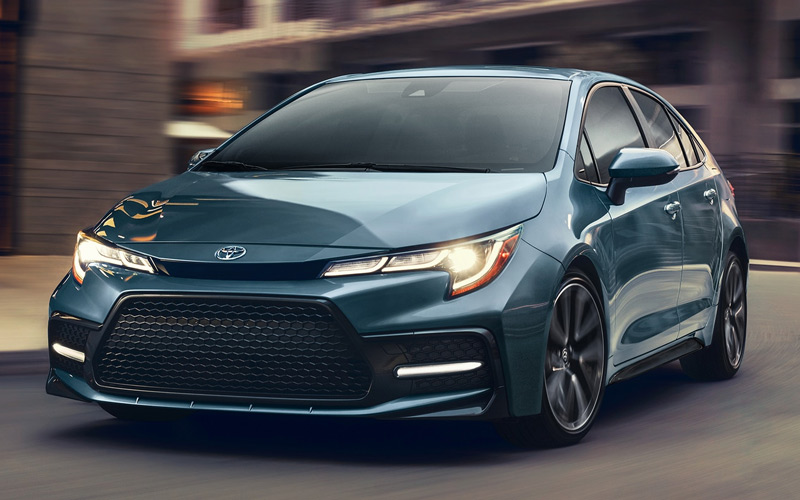
The updated Corolla is built on Toyota’s New Global Architecture (TNGA), which lends greater torsional rigidity (approx. 60% greater according to Toyota). Combined with the updated suspension, these give the 2020 Corolla a firm feel and a smooth and responsive ride.
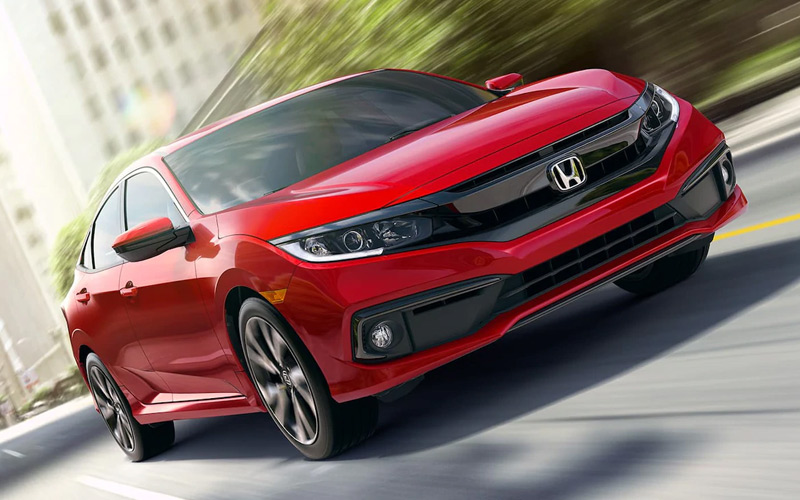
While both cars handled well, it’s the Civic’s steering that provided more feedback from the front wheels, while the Corolla’s steering ended up feeling light to the point of disconnection. That steering, along with the slightly less powerful engine, mean the Corolla doesn’t offer the same punchy quality the Civic can muster. So, while both are exceedingly good drivers, for the money, you’ll have more fun, day-to-day, in the Civic.
Comfort – Look Good, Feel Great
No, that header isn’t the tag line for my new multivitamin company side hustle. It’s the choice presented by the Corolla and Civic. Both look good. Both feel great. But there are clear distinctions to be found between them.
The Corolla received an overdue update for 2020. Even bigger than the aforementioned improvement to the ride quality, are the updates to the body. The front and rear makeovers did wonders for the look of the Corolla. The scowling headlights and big/modern grill (because those things are now synonymous) make the Corolla look far meaner than it is, and that’s a good thing in our opinion. For its part the Civic looks okay but is a bit forgettable compared to the stylish Corolla.
The Civic, however, is the clear winner when it comes to interior. Though the two cars are a toss-up when it comes to aesthetic design, largely coming down to personal preference, the better functionality is found in the Honda. Cubbies are larger, materials are slightly nicer, and the back seats are roomier.
Both cars feel great on the road, with suspensions tuned for comfort and seats likewise designed for ache-free support over long hauls. Front and rear heated seats can be found in both cars.
Features and Trims – Highs and Lows
Lows
Starting at the low end, both the Corolla and Civic can be had for under $20,000. The Honda Civic LX trim starts at $20,680, while the Toyota Corolla L starts at $20,430. So not a lot of daylight between them.
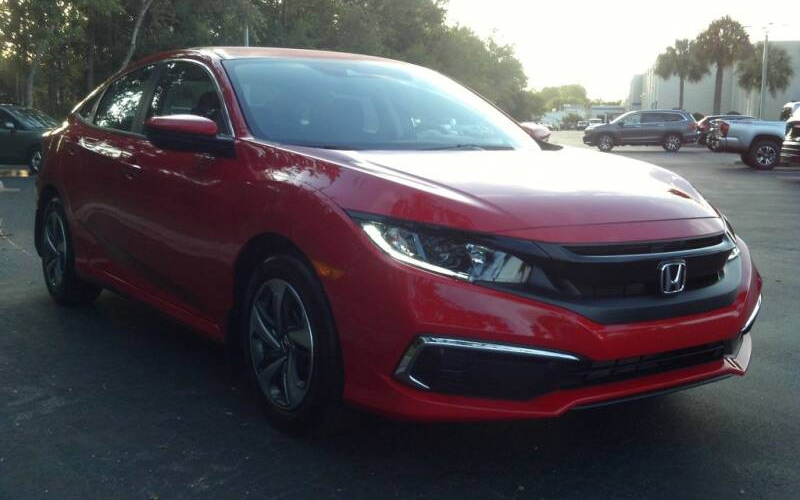
Both come with their company’s safety suite, including but not limited to, adaptive cruise, lane keep assist, lane departure warning, and pedestrian detection. Toyota’s Safety Sense 2.0 is just a little bit more robust, offering more features in their bundle versus Honda’s Sensing Suite.
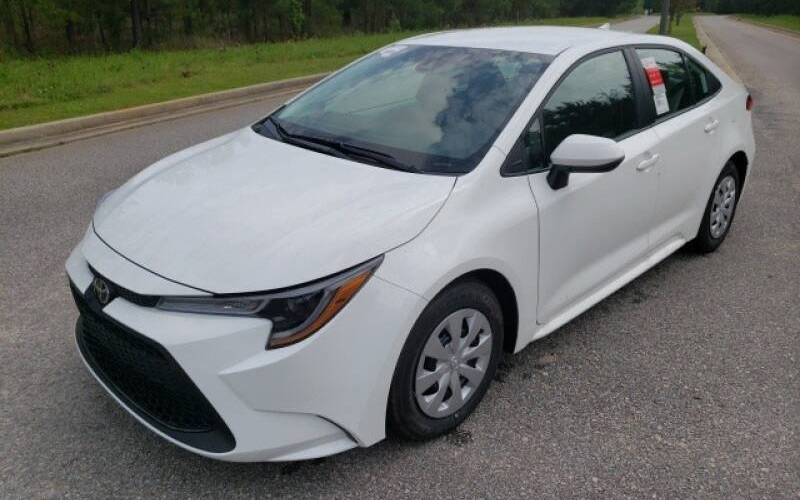
The other big difference with the base models are the available transmissions. The Corolla L comes with the CVT seen on the rest of the Corolla roster. But the Civic LX comes with either a manual or a CVT option. So, if you’re looking to save and want to row your own at the same time, it’s the Civic LX.
Mids and Highs
Our picks for the best deals are the Corolla SE ($22,050) and the Civic EX ($23,800).
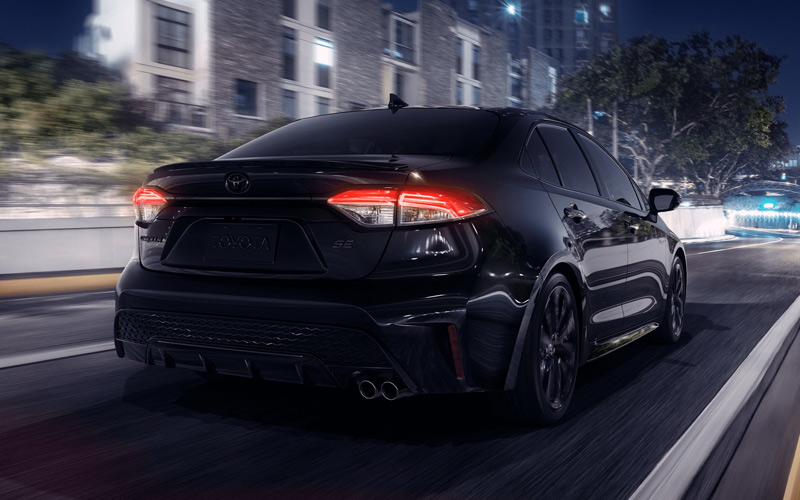
The Corolla SE come with the bigger 2.0-liter engine and has options for either a 6-speed manual (an extra $700) or the CVT. The SE also comes with a leather wrapped steering wheel, sport mode, and alloy wheels. There’s also a Premium Package option ($1,500) that includes a moonroof, blind spot monitoring, and pushbutton start.
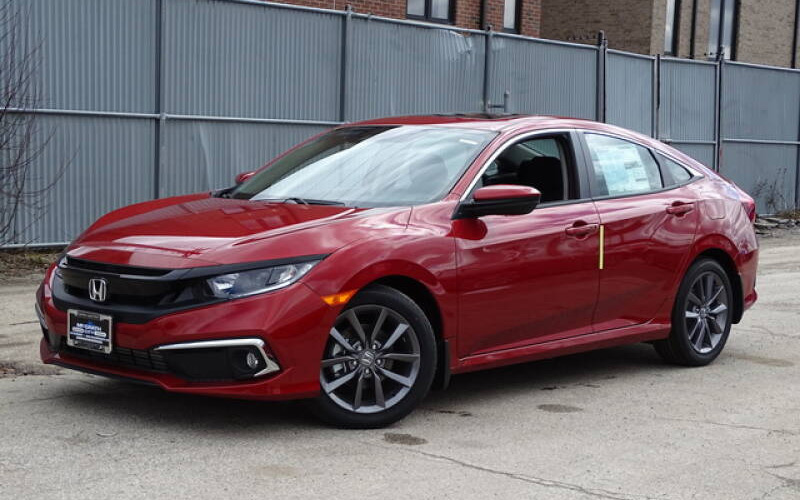
The Civic EX comes with the 1.5-liter turbo-4 and a CVT. Features include a moonroof, dual-zone climate control, heated front seats, and a second USB port.
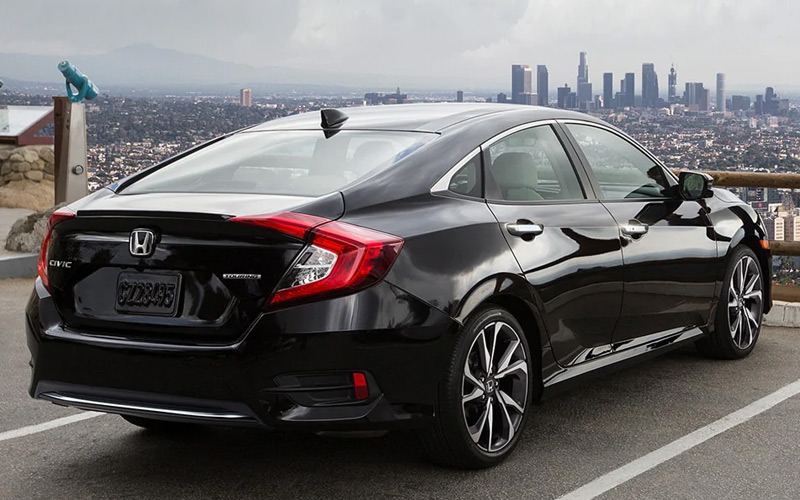
The top range Civic Touring will cost you $27,770, while the Corolla reaches it’s ceiling at the XSE and a price tag of $26,380
Side notes
A note on the safety features, while the Corolla has a fairly standard version of blind spot monitoring, for some reason Honda decided to mix things up, and the results are an odd sour note in an otherwise excellent car. The Honda LaneWatch blind spot system isn’t a sensor lighting up an indicator embedded in the side mirror, as it is in most other vehicles. Instead, Honda uses a camera to monitor your blind spot, projecting the image onto your infotainment screen. Not only does this interfere with the navigation display, it forces the driver to swivel their head (unless you’re brave enough to defy manufacturer advice and not even try to glance back for a double check on your blind spot).
As for infotainment, the Corolla gets slightly higher marks for a better interface, including actual buttons and dials, and a better display quality. The Corolla does offer Apple CarPlay but not Android Auto (something Toyota says they are remedying in the 2021 Corolla). The Civic features both.
Conclusions – Pretty Extreme for Sedans
At the extreme ends for the Corolla and the Civic we find the super-efficient 53 mpg hybrid Corolla and the super fun 306hp Civic Type R. Both are great cars for their intended purposes. But we chose to largely eschew those in favor of the more common choices, and for the average buyer the Honda Civic ends up the better choice.
We loved the Corolla’s updated looks and improved driving characteristics. But the Civic drives even better, and we found its practical livability and overall quality put it a slight notch above the Toyota.
WINNER: 2020 Honda Civic
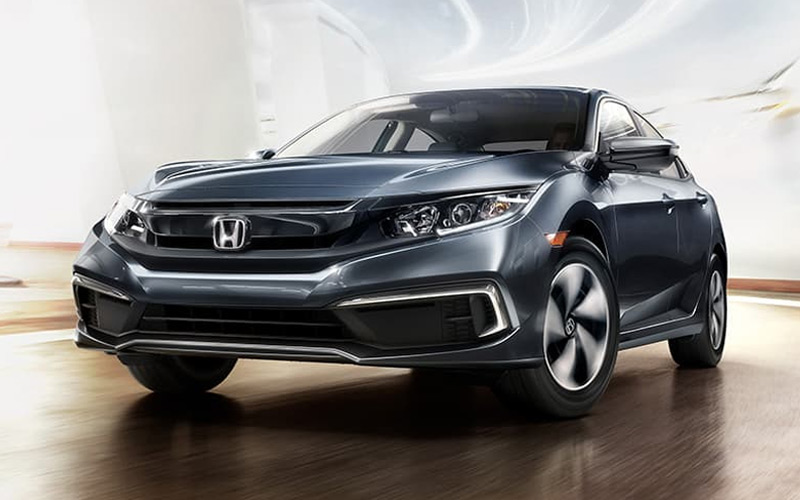
2020 Honda Civic – automobiles.honda.com | Shop 2020 Honda Civic on Carsforsale.com


